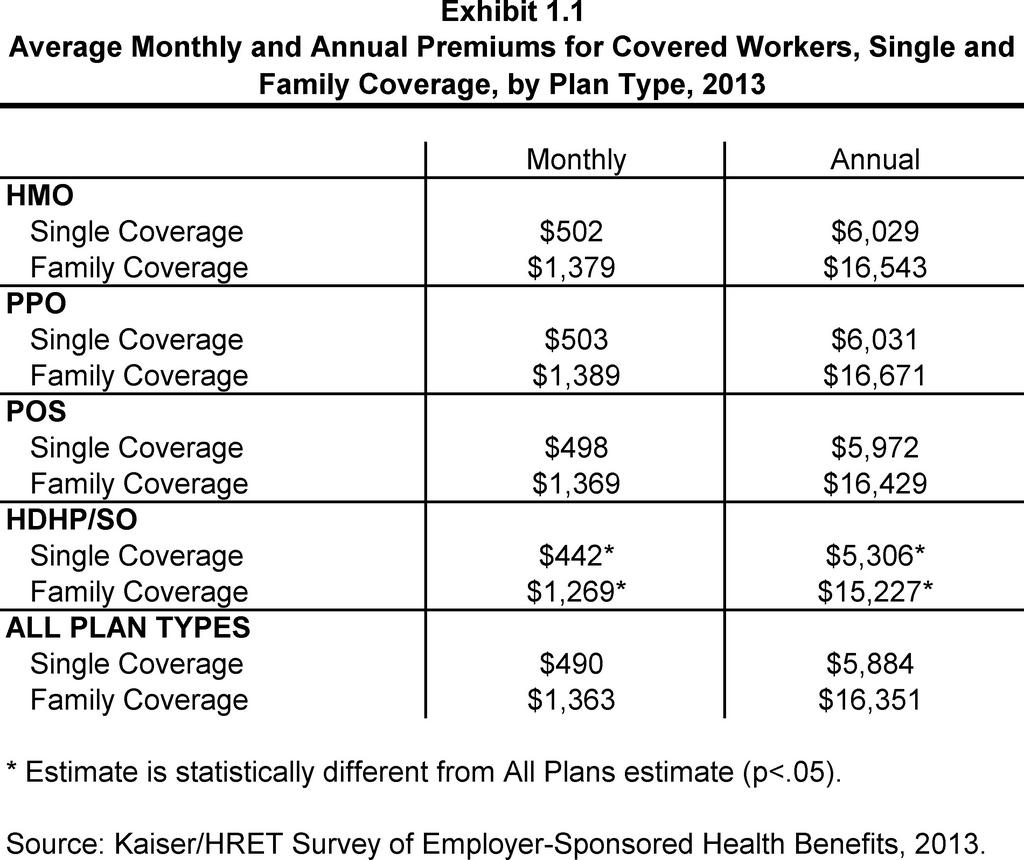
When considering offering health insurance to your employees, consider what options are available to you. You can choose from a variety of coverages, such as basic health insurance, additional life insurance, and HRAs (health reimbursement arrangements). Employee health insurance is costly. Before you make a decision, make sure to consider the cost of coverage. This will help you choose the right plan for your needs and budget. Continue reading to learn about employee health insurance.
Employees have the option of health insurance
Employee health insurance is a form of group insurance. Employers can purchase this insurance for their employees. These plans offer affordable coverage for employees and their families. The risk is spread among many people, which lowers the cost of employee health insurance. They also offer additional benefits to the employees' immediate family members.
Employers need to consider the benefits they wish to offer their employees when selecting a plan for employee health insurance. They may want to focus on accident insurance, mental health benefits, maternity benefits, and critical illness coverage. Many plans have restrictions that limit employees' ability to use their benefits fully.

Employees can get life insurance
Employers in schools and government agencies can get basic life insurance as well AD&D insurance coverage for up to $50,000. To sign up, employees must fill out an enrollment form. Employees can also designate beneficiaries or make changes. For an additional $0.63 per mois, employees can also purchase basic life insurance to cover a spouse or children.
Employee life insurance is a great addition to any employee benefits package. These policies let employees tailor their coverage to their individual needs and are often updated to accommodate changing needs. These policies can also be paid by payroll deduction.
Health reimbursement arrangements
For employee health coverage, health reimbursement arrangements (HRAs), must meet the requirements of group plans. HRAs cannot impose annual dollar limits for EHBs, and they must provide preventive services without cost sharing. These requirements must be met by HRAs that are not compatible with group health plans.
HRAs don't necessarily offer the best solution for all employers. However, they do provide some benefits that can help reduce healthcare costs. HRAs are now more flexible thanks to a new rule that allows employers the option to offer HRAs to employees as an added benefit to their group plans. These HRAs are able to pay for copays, deductibles, or other expenses not covered by your primary plan.

Health insurance costs for employees
Provide health insurance for your employees is an excellent way to keep them happy and healthy. You can also save money on taxes by offering health insurance to your employees. It depends on what kind of coverage is offered and how many people are covered. Because smaller companies don't have as much purchasing power, employees who are not covered by health insurance often pay more. Small businesses pay anywhere from eight to 18 percent more than large firms for the same health insurance policy. There are many factors that can impact the cost of providing health coverage, such as the industry in which the company is located or the history of any workers who have made health claims.
It is becoming a more popular way to recruit talented employees. Both small and large businesses are concerned about the high cost of insurance. Not only are there premium costs but also copays,deductibles and prescription drugs. Many small- and medium-sized business owners now offer telemedicine as well as retail health care services.